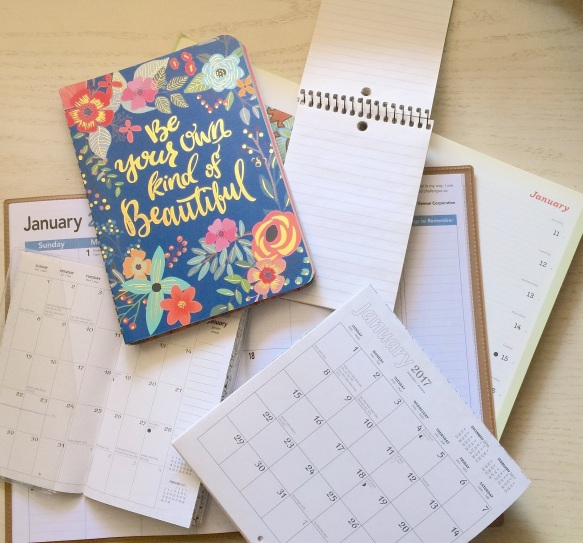
As the days get shorter and the number of tasks on our to-do lists grows ever longer, it’s hard to figure out sometimes even what needs to be done, let alone how much time you need to complete these projects. I’m constantly trying to find ways to maximize the spare moments in time I manage to capture throughout my day. This week, I’m blogging about what to do when you only have a minimal amount of time.
Certain necessary tasks often get overlooked or delayed because we perceive them to be more difficult or longer than they actually are. For example, when was the last time you spent an hour going through your underwear drawer? (Although to be fair, if you have enough to fill a Victoria’s Secret store an hour might not be enough!) To avoid blowing things out of proportion, time yourself the next time you take on one of these tasks. If it takes more than fifteen minutes, it may mean you need to do it more often, or find a way to pick up the pace. Try setting an alarm on your phone. Having that deadline looming over you may be just the motivation you need to try and get the following things out of the way in fifteen minutes (or less!).
• Empty out a drawer and sort it out- any drawer! Junk drawers, sock drawers and underwear drawers are often the most overlooked.
• Reorganize a drawer that’s used often and has gotten a little bit out of hand. Examples may include your cutlery drawer, your desk drawer, or the drawer of your bedside table.
• Dust bookshelves.
• Purge and reorganize your medicine cabinet.
• Organize your cleaning supplies by refilling bottles, replenishing often used items and taking stock of what’s missing.
• Purge empty bottles, unused or unwanted toiletries
• Go through your bookshelves and purge outdated or unwanted reading materials
• Replace furniture pads on furniture
• Clean your coffeemaker and/or kettle
• Organize and purge craft supplies
• Clean out your gym bag
• Clean out your fridge/freezer or any other extra refrigeration units
• Drag your luggage (suitcases, duffel bags, etc.) outside to air out, or a well-ventilated room when the weather isn’t appropriate
• Spray purses/shoes/coats and other appropriate outdoor gear with spray protectant
• Shake out outdoor cushions and floor mats
• Dust and wipe down table lamps and sconces
• Dust and wipe down light fixtures and switch plates
Here’s to a more productive day!

I’m always looking for the best ways to manage my time and workflow more effectively and efficiently. If you’re looking for more ways to increase your productivity as well, click here for more strategies that I’ve developed and researched and here for more ways to stay organized. For more ways to deal with your busy lifestyle, click here.
How do you keep busy? Share your secrets with us by commenting below, or keep it between you and I by emailing keepingbusyb@gmail.com.



 You don’t have to be a detective to figure out exactly what I’ve been up to when I first come in the door to my apartment. My shoes will be kicked off somewhere near the door; my keys will be on the nearest flat surface I can find. My purse gets stashed just about anywhere (which, believe me, can cause a great deal of panic if I don’t remember exactly where that is). No matter how clean I leave things, when I come back in everything inevitably looks like it’s been in a tornado. (You should see what it looks like when I try to get out the door in the morning- it’s like a tornado in reverse.)
You don’t have to be a detective to figure out exactly what I’ve been up to when I first come in the door to my apartment. My shoes will be kicked off somewhere near the door; my keys will be on the nearest flat surface I can find. My purse gets stashed just about anywhere (which, believe me, can cause a great deal of panic if I don’t remember exactly where that is). No matter how clean I leave things, when I come back in everything inevitably looks like it’s been in a tornado. (You should see what it looks like when I try to get out the door in the morning- it’s like a tornado in reverse.) Get Organized:
Get Organized:




 Do you have any solutions or advice for students going back to school? Maybe you can offer the perspective of a parent or a teacher. Leave a comment below and share with the class, or email me at keepingbusyb@gmail.com. I may include your tips in a future post!
Do you have any solutions or advice for students going back to school? Maybe you can offer the perspective of a parent or a teacher. Leave a comment below and share with the class, or email me at keepingbusyb@gmail.com. I may include your tips in a future post!



